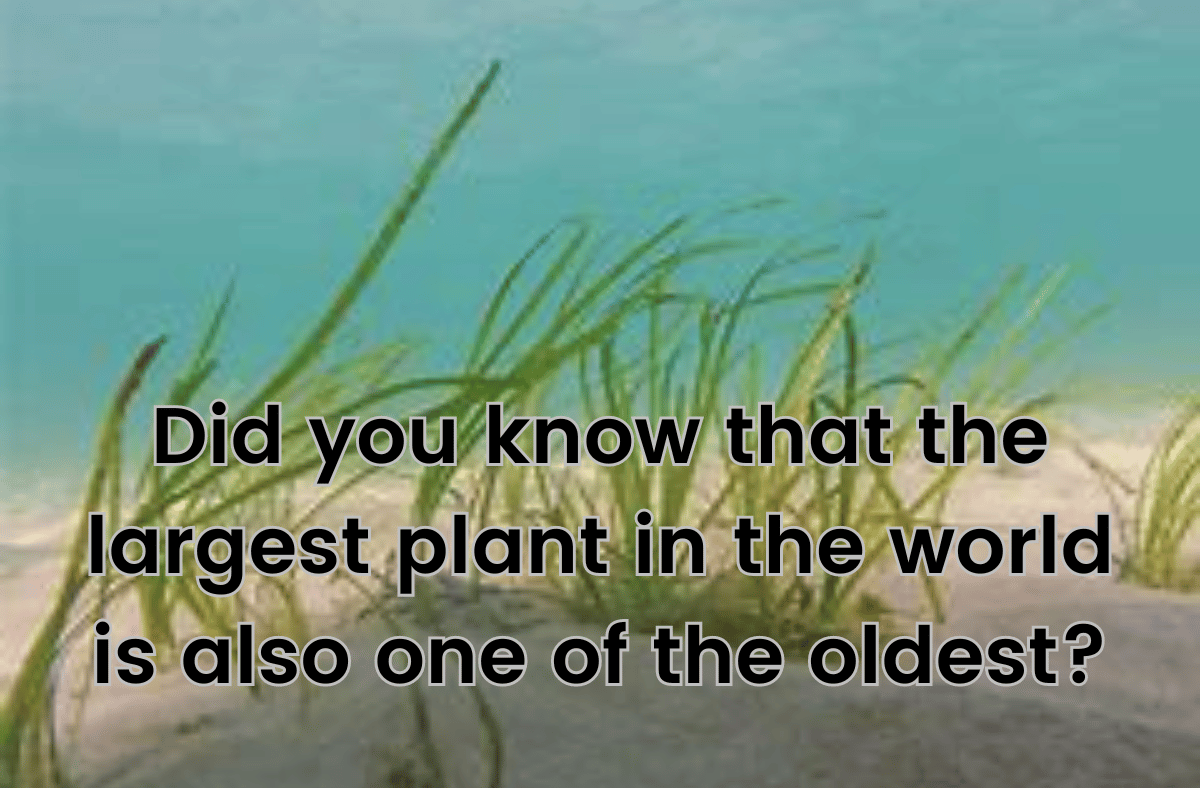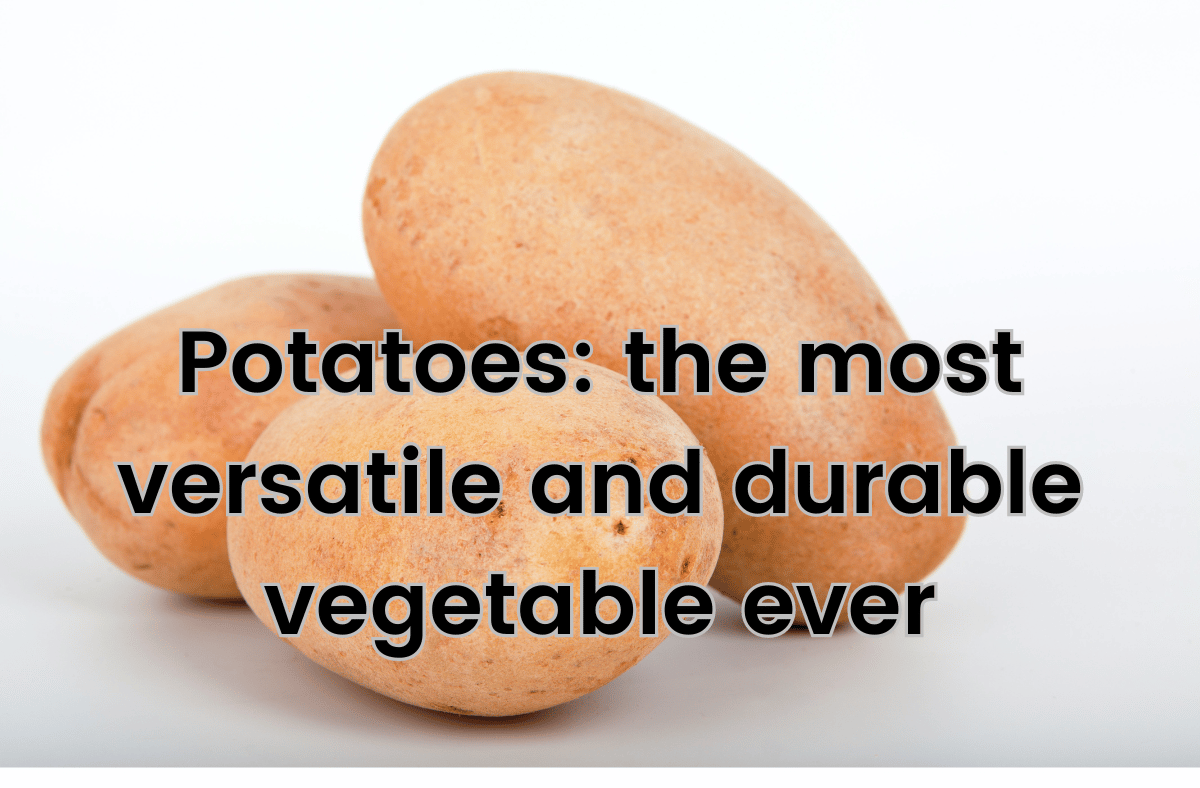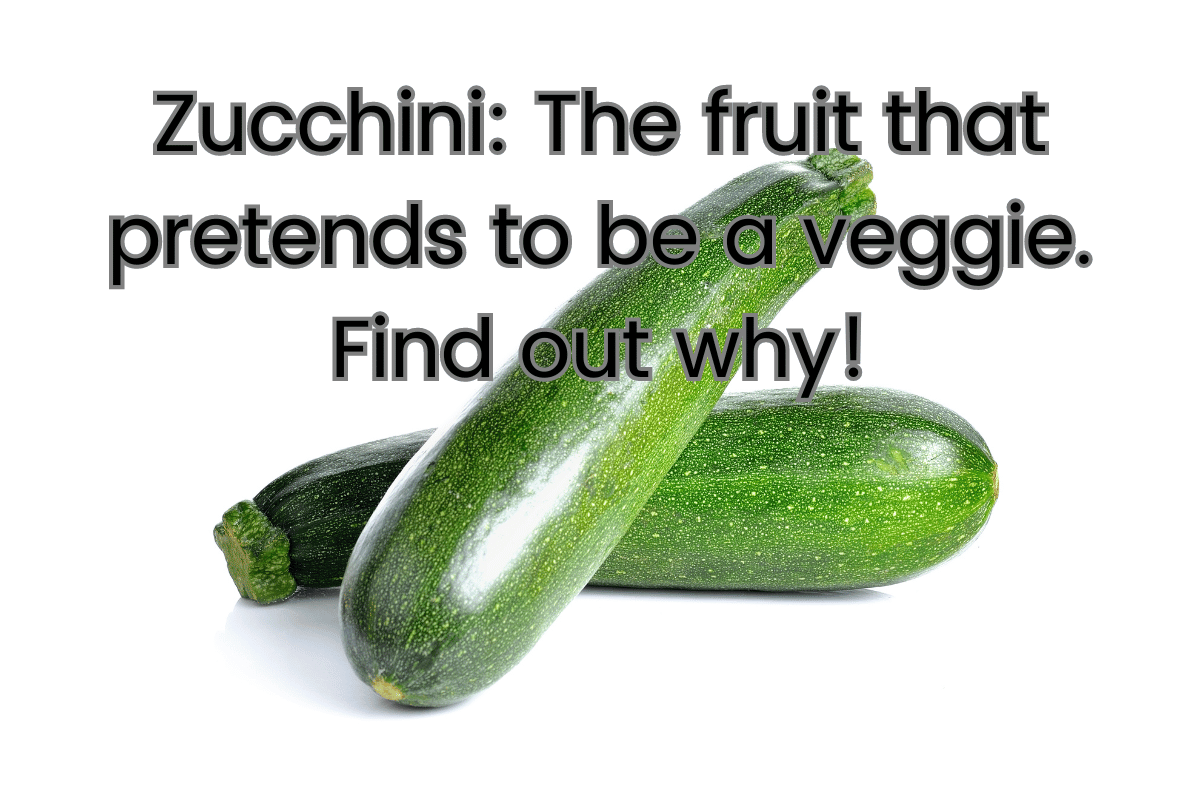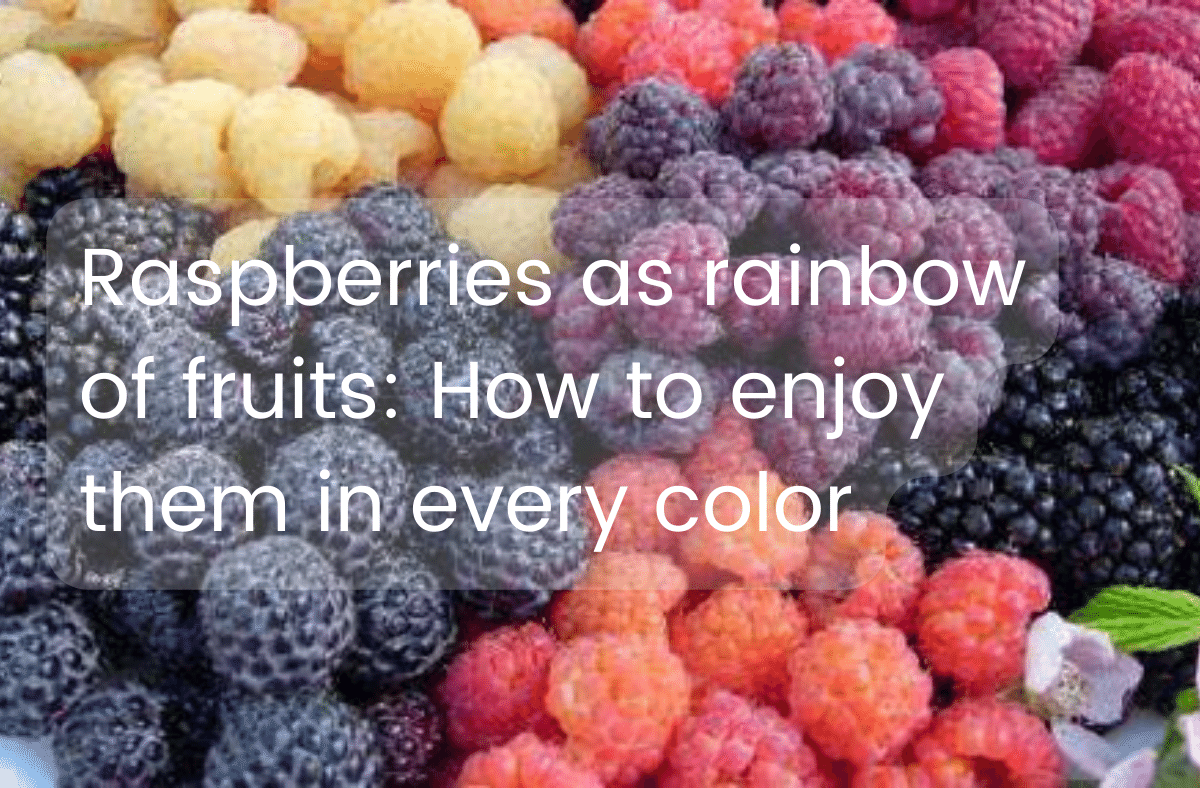For those in a hurry
- Peas are not vegetables, they are seeds that grow inside pods.
- They belong to the legume family, which includes beans, lentils, and peanuts.
- Peas are rich in protein, fiber, and vitamins, but they also contain starch and sugar.
- They can be eaten fresh, frozen, canned, or dried.
- Peas have many health benefits, such as lowering blood pressure, cholesterol, and inflammation.
What are peas?
They are small, round, green seeds that grow inside pods on a plant. Peas are one of the oldest crops in the world, dating back to 10,000 BC. They are usually harvested in the spring or summer, when they are tender and sweet.
Why are peas not vegetables?
Vegetables are parts of plants that we eat, such as leaves, stems, roots, or flowers. Peas are not vegetables because they are not plant parts. They are seeds that contain the genetic material and nutrients for a new plant to grow.
What family do belong to?
Peas belong to the legume family, which includes beans, lentils, and peanuts. Legumes are plants that have pods with seeds inside. Legumes are different from other plants because they can fix nitrogen from the air and enrich the soil.
What are the nutritional benefits?
Peas are rich in protein, fiber, and vitamins, such as vitamin A, C, K, and B. They also have minerals like iron, calcium, magnesium, and zinc. Peas provide about 8 grams of protein and 7 grams of fiber per cup.
However, peas also contain starch and sugar, which can raise blood sugar levels. Peas have a glycemic index of 51, which is moderate. People with diabetes or insulin resistance should eat peas in moderation and balance them with other foods.
How can you eat peas?
They can be eaten fresh, frozen, canned, or dried. Fresh peas have the best flavor and texture, but they need to be shelled and cooked quickly. Frozen peas are convenient and retain most of their nutrients. Canned peas are soft and mushy, but they have added salt and preservatives. Dried peas are hard and need to be soaked and cooked for a long time.
You can eat peas raw or cooked in salads, soups, stews, curries, casseroles, or pies. You can also mash them into a dip or spread. They pair well with mint, lemon, garlic, onion, cheese, cream, bacon, ham, or chicken.
What are the health benefits?
Peas have many health benefits for your body. Some of them are:
- Lowering blood pressure: They contain potassium, which helps regulate blood pressure by balancing sodium levels.
- Lowering cholesterol: Peas contain soluble fiber, which binds to cholesterol and removes it from the body.
- Reducing inflammation: They contain antioxidants and anti-inflammatory compounds that fight free radicals and reduce inflammation.
- Supporting digestion: Peas contain insoluble fiber, which adds bulk to stool and prevents constipation.
- Boosting immunity: They contain vitamin C and zinc, which support the immune system and fight infections.






















